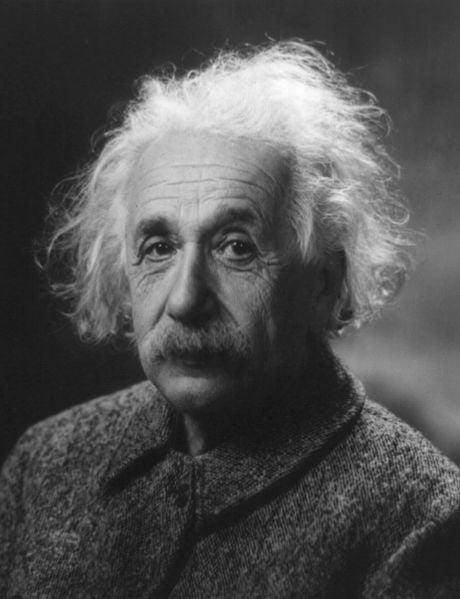New test designed for younger people reveals early-onset dementia.
Simple tests that measure the ability to recognize and name famous people such as Albert Einstein, Bill Gates or Oprah Winfrey may help doctors identify early dementia in those 40 to 65 years of age, according to new Northwestern Medicine research.
The research appears in the August 13, 2013, print issue of Neurology, the medical journal of the American Academy of Neurology.
“These tests also differentiate between recognizing a face and actually naming it, which can help identify the specific type of cognitive impairment a person has,” said study lead author Tamar Gefen, a doctoral candidate in neuropsychology at the Cognitive Neurology and Alzheimer’s Disease Center at Northwestern University Feinberg School of Medicine.

Gefen did the research in the lab of senior author Emily Rogalski, assistant research professor at Northwestern’s Cognitive Neurology and Alzheimer’s Disease Center.
Face recognition tests exist to help identify dementia, but they are outdated and more suitable for an older generation.
“The famous faces for this study were specifically chosen for their relevance to individuals under age 65, so that the test may be useful for diagnosing dementia in younger individuals,” Rogalski said. An important component of the test is that it distinguishes deficits in remembering the name of a famous person from that of recognizing the same individual, she noted.
The study also used quantitative software to analyze MRI scans of the brains of the individuals who completed the test to understand the brain areas important for naming and recognition of famous faces.
For the study, 30 people with primary progressive aphasia, a type of early onset dementia that mainly affects language, and 27 people without dementia, all an average age of 62, were given a test. The test includes 20 famous faces printed in black and white, including John F. Kennedy, Lucille Ball, Princess Diana, Martin Luther King Jr. and Elvis Presley.
Participants were given points for each face they could name. If the subject could not name the face, he or she was asked to identify the famous person through description. Participants gained more points by providing at least two relevant details about the person. The two groups also underwent MRI brain scans.
Researchers found that the people who had primary progressive aphasia, a form of early onset dementia, performed significantly worse on the test, scoring an average of 79 percent in recognition of famous faces and 46 percent in naming the faces, compared to 97 percent in recognition and 93 percent on naming for those free of dementia.
The study also found that people who had trouble putting names to the faces were more likely to have a loss of brain tissue in the left temporal lobe of the brain, while those with trouble recognizing the faces had tissue loss on both the left and right temporal lobe.
“In addition to its practical value in helping us identify people with early dementia, this test also may help us understand how the brain works to remember and retrieve its knowledge of words and objects,” Gefen said.
Notes about this neurology and dementia research
The study was supported by grants DC008552 from the National Institute on Deafness and Other Communication Disorders, AG13854 (Alzheimer Disease Core Center) from the National Institute on Aging, 5KL2RR025740 from the National Center for Research Resources, 1R01NS075075-01A1 from the National Institute of Neurological Disorders and Stroke and the National Center for Research Resources, 5UL1RR025741 from the National Center for Advancing Translational Sciences, grant 8UL1TR000150 all of the National Institutes of Health.
Contact: Marla Paul – Northwestern University
Source: Northwestern University press release
Image Source: The portrait of Albert Einstein is credited to Oren Jack Turner and The Library of Congress. The image is in the public domain.
Original Research: Abstract for “Naming vs knowing faces in primary progressive aphasia” by Tamar Gefen, MS, Christina Wieneke, BA, Adam Martersteck, BS, Kristen Whitney, BS, Sandra Weintraub, PhD, M.-Marsel Mesulam, MD and Emily Rogalski, PhD in Neurology. Published online August 12 2013 doi: 10.1212/WNL.0b013e3182a08f83







